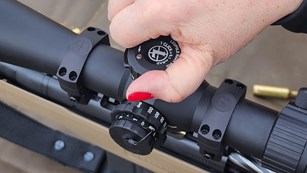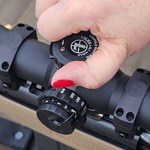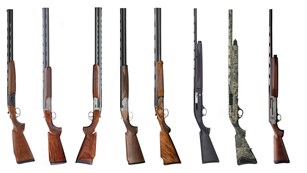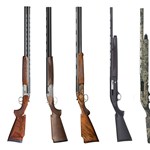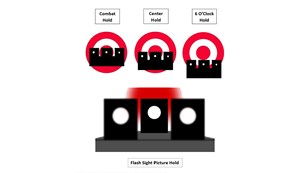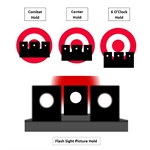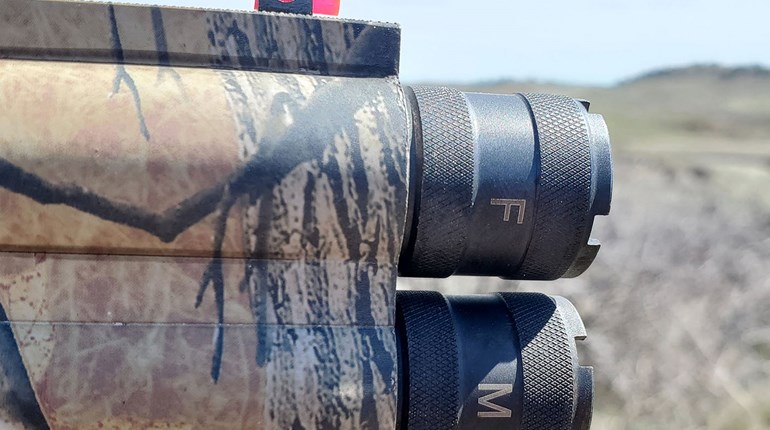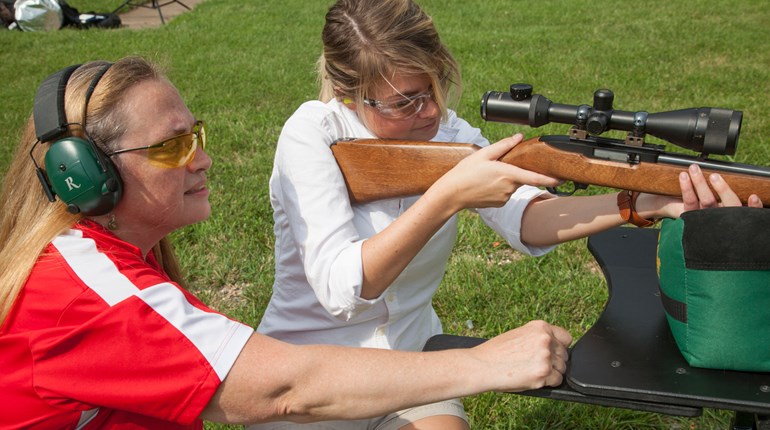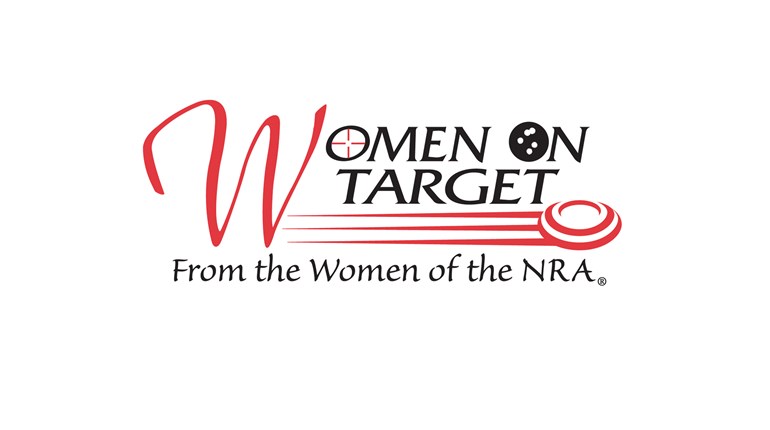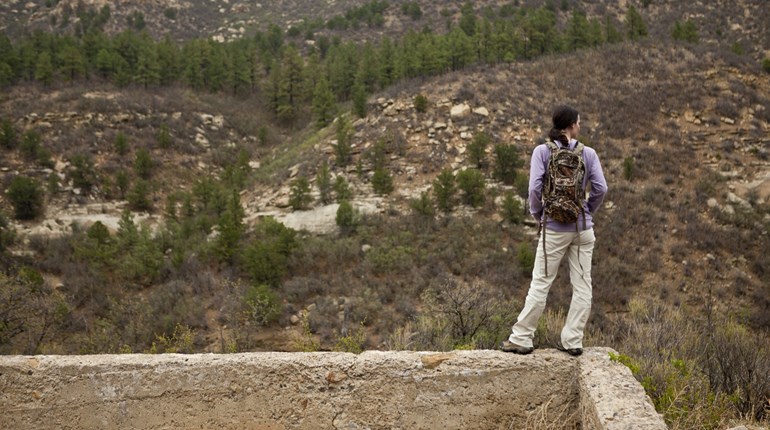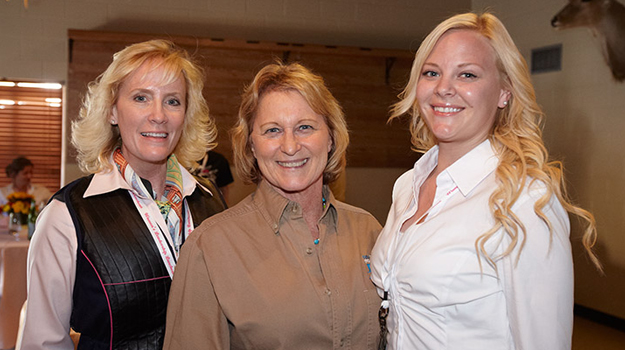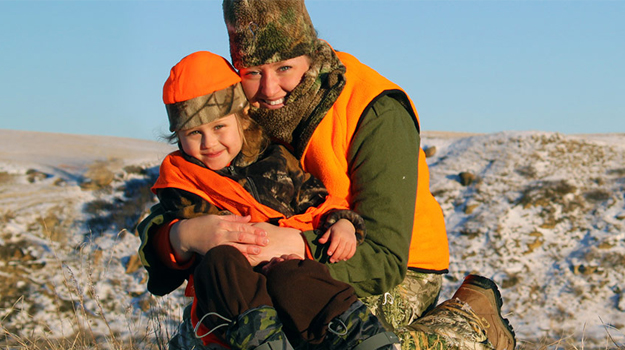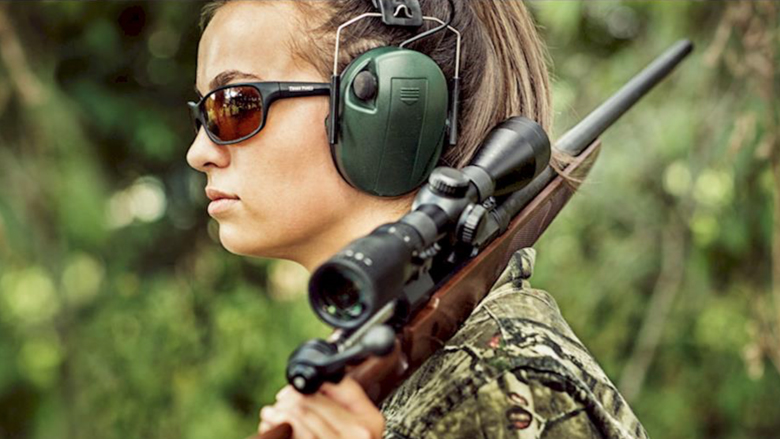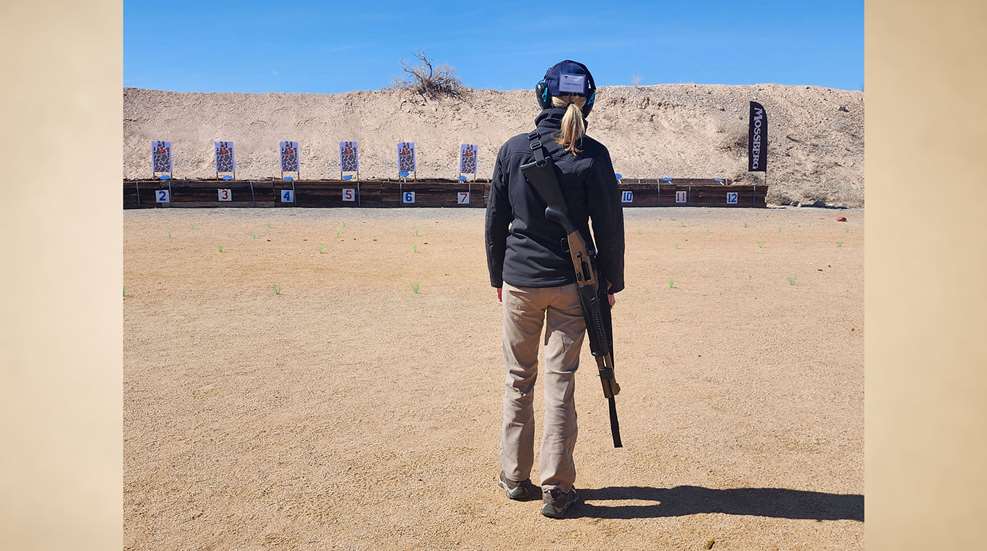
Whether you’re hunting, working at the range or defending your home, a sling will make your shotgun or rifle easier to deal with. It offers a hands-free way to support the gun when you’re not using it, and it lets you carry the gun in a variety of positions that range from casual to ready-to-go.
I recently completed a three-day defensive shotgun course at Gunsite Academy using the Mossberg 940 Pro Tactical SPX, and we outfitted the slings with Blue Force Gear Vickers Combat Slings. It’s a two-point sling that offers fast adjustability in the field, and although it took some getting used to as any sling does, once I got accustomed to it, I found it extremely handy and very versatile. In fact, there are seven positions (at least) I learned using the sling, and I used every one of them at some point during the class. You might hear different names for these positions, but they all mean the same thing.

1. Front Sling
Front Sling is a hands-free slung position you’ll use when you don’t actively need the gun—this is the position I used the most when standing around at the range in between shooting sessions. The gun hangs in front of you, muzzle down, with the buttstock near your shooting-side shoulder and the muzzle pointing at the ground outside your non-dominant-side foot. To get into this position, slide your off-side arm through the sling as you bring the sling over your head. For security, the sling should be adjusted loosely enough that you can manipulate the gun and bring it up to a shooting position as needed, but not so loose that it’s flopping around when your hands aren’t on it.

2. Rear Sling
This is an alternate hands-free position. It’s the same as Front Sling except that the gun is behind you. The muzzle is still down, pointing to the outside of your strong-side foot as the stock is behind your off-side shoulder. This is a slower position to get out of, so you would only use it when you have no intention of shooting anytime soon. I don’t love this position, as I can’t see the gun and thus feel less in control of it (that’s more of a mental thing than a physical one, as the gun is secure), but Rear Sling is definitely helpful if you’re doing something else with your hands and don’t want the gun against your chest getting in the way.

3. Low Carry
Low Carry is a semi-ready position. Your hands will be on the gun, and you’ll use this when you don’t expect that you’ll need to shoot imminently, but it’s not outside the realm of possibility. This is a common position to use when you’re walking on the range or while hunting. Your dominant hand is on the gun in a normal firing grip, with the finger straight along the receiver, and your off-side hand is on the forend of the gun. Keep the muzzle pointed straight down between your feet, not off to the side. This is because if you have a negligent or accidental discharge, you don’t want the bullet hitting the ground at an angle, which can cause it to skip up and off into who-knows-where.

4. High Carry
High Carry is another semi-ready position, used when Low Carry is inappropriate—maybe because you’re on the second floor of a building and up is a safer direction than down, or because you’re working or hunting with multiple people and coming out of Low Carry would muzzle them as you bring the gun up to a shooting position. In High Carry, your dominant hand is in a firing grip but the muzzle is pointed straight up in the air. In law enforcement and military applications, the side of the gun will be pressed against your helmet so that it doesn’t get jostled around and bang you in the head as you move. If you’re not wearing a helmet, this is less comfortable, but it’s still a good safety protocol.

5. Low Ready
This is a ready position—you don’t have a target, so you’re not pointing the gun at anything, but you might have to shoot at any moment. You’d use this position when clearing a house (which you shouldn’t do at all if you can avoid it), when you’re hunting and you are stalking up on a targeted animal, and other situations where you want to be ready to shoot at a moment’s notice. Your hands are on the gun in the normal shooting position, and the stock is tucked into your shoulder. The muzzle is angled down at about 45 degrees, so you can clearly see over it, but the gun can be brought up to a firing position in no time at all by simply lifting the forend up.

6. High Ready
High Ready is also useful when you don’t have a target but you expect to need to shoot at any time. Some people find it more comfortable than Low Ready, and it’s also useful if you’re in a situation where pointing the muzzle up is safe than pointing it down. Again, your hands will be on the gun in the normal firing position, but the stock is tucked against your waist, with the muzzle pointed up. You want it pointed up at about a 45-degree angle so that it’s pointing above the threat but the muzzle is still below the level of your eyes—this lets you see safely around the gun as you navigate your environment and scan for targets. Preparing to shoot from this position is a simple matter of bringing the buttstock up to your shoulder.

7. Retention
If you are using a carry or a ready position and you need to do something with one hand, such as open a door or reload the gun, you can use the retention position to keep the gun secure while maintaining the ability to shoot very quickly. Tuck the muzzle against your side under your dominant arm, maintaining a firing grip with your hand (finger straight). The muzzle will be straight out, so be mindful of who and what you’re pointing at. You could theoretically shoot from this position if you really had to, recoil notwithstanding. One word of warning: Be careful, particularly if your barrel is short, that you don’t inadvertently reach in front of your muzzle with your free hand as you’re opening doors and maneuvering.
